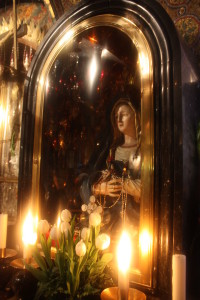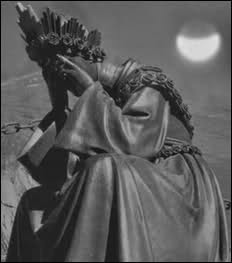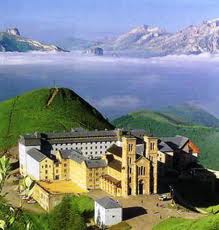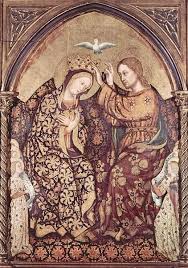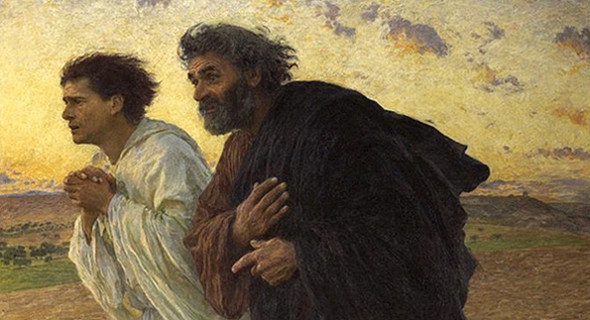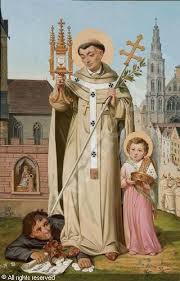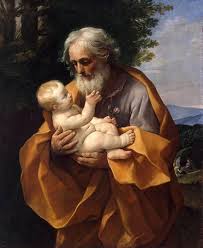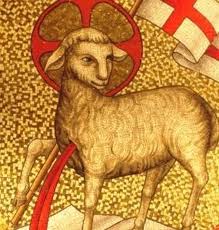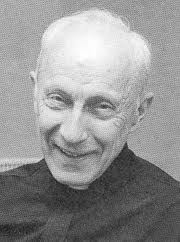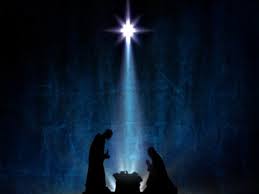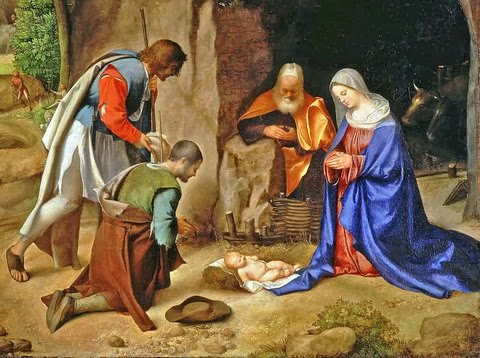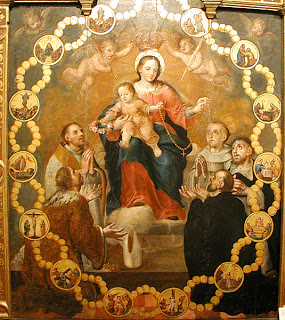 Today, the Feast of Our Lady of the Rosary, was traditionally known as Our Lady of Victory. It came about because on this day in 1571, the Moslem Turks were attacking cities in the Mediterranean and were on the doorstep of Christian Italy. The Dominican Pope, Pius V, asked for help and got it from several quarters. An armada of ships under the command of Don Juan of Austria successfully repelled the Ottoman Turks in the Battle of Lepanto while the Rosary Confraternity of Rome prayed for Our Lady’s intercession.
Today, the Feast of Our Lady of the Rosary, was traditionally known as Our Lady of Victory. It came about because on this day in 1571, the Moslem Turks were attacking cities in the Mediterranean and were on the doorstep of Christian Italy. The Dominican Pope, Pius V, asked for help and got it from several quarters. An armada of ships under the command of Don Juan of Austria successfully repelled the Ottoman Turks in the Battle of Lepanto while the Rosary Confraternity of Rome prayed for Our Lady’s intercession.
In thanksgiving, the Holy Father designated October 7 as our Lady of Victory. It was renamed Our Lady of the Rosary in 1573 by Pope Gregory XIII and extended throughout the Universal Church by Pope Clement XI in 1716. Pope Pius X moved the floating date back to October 7th in 1913.
There is a beautiful Church in Paris named Notre Dame des Victoires. When St. Therese of Lisieux was very ill as a young girl, her worried Father had Masses said at the Church for her recovery. When she visited Paris in 1887, only one sight filled her with delight, as she said in Story of a Soul, Our Lady of Victories! “Ah, what I felt kneeling at her feet cannot be expressed,” she wrote, “The graces she granted me so moved me that my happiness found expression only in tears, just as on the day of my first Communion.”

Fr. des Genettes established a Archconfraternity there that prayed for the conversion of Alphonse Ratisbonne per the request of his brother, Fr. Theodore Ratisbonne. Fr. Theodore announced at Notre Dame des Victoires in 1842 that his brother, an atheist Jew, had become a “fully believing Catholic.” The story is perhaps the best-known conversion story attributed to the Miraculous Medal. It was also in Notre Dame des Victoires that Fr. Hermann Cohen, a Jewish convert, started the Nocturnal Adoration Society.
In these troubled times when we are besieged from the left and the the right, from without and within, let us invoke our Lady of Victories, through the prayers of the Rosary, that Truth prevails and moral order is reestablished in this One Nation, Under God.
Our Lady of Victory,
war and strife are ever present today
and indeed they are yokes that we pass on from generation to generation.
May we remember that true peace comes only from your Son.
May we be channels of His peace. Amen.
